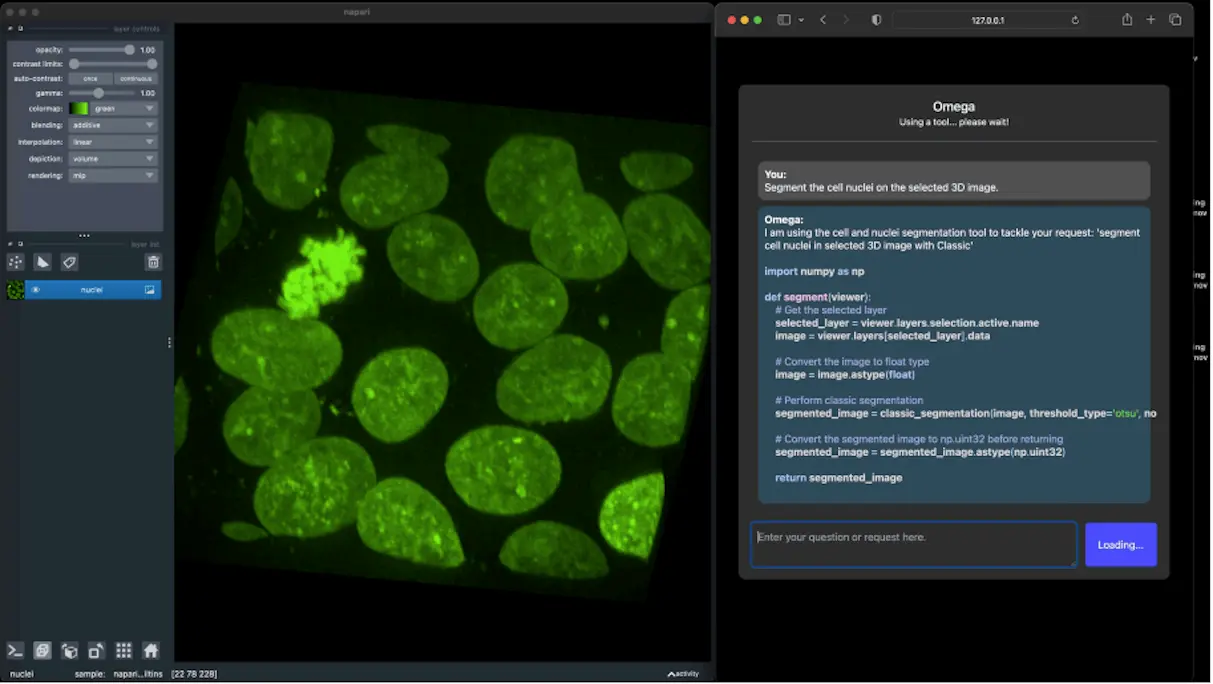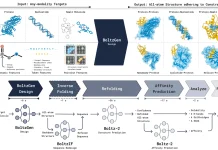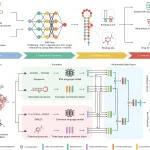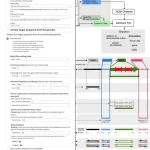Omega is an open-source software tool that greatly enhances the field of bioimage analysis. Developed by Loïc A. Roy from Chan Zuckerberg Biohub San Francisco, Omega acts as your assistant in the analysis of bioimages on a personal level. It’s like having the help of an amicable expert who can comprehensively understand your request through a simple chat interface. Gone are those days when you would struggle with obscure codes or go through complex software interfaces. Omega only requires you to be clear about what you want from your analysis.
Bioimage analysis, which entails extracting valuable information from biological images, is a key foundation for modern-day biology research. These techniques range from the dissection of cellular structures to the tracking of protein dynamics, and they have resulted in significant discoveries. Conversely, this process can become intricate because it often needs specialized software and coding skills as well. Omega has introduced an innovative software application that democratizes bioimage analysis through natural conversation by using large language models (LLMs).
From Words to Actions: How Omega Transforms Your Workflow
Omega is built into Napari, a well-known open-source image viewer widely applied in the field of bioimage analysis. The tool enables you to manipulate Omega in the same way it’s typically done with Napari. Want to separate image nuclei? Just tell Omega, “Segment all the round objects on this picture and indicate them as cell nuclei.” Then, it will translate your commands into Python, a language used for bioimage analysis. Hold on, that’s not all, though!
Beyond Code Generation: A Suite of Powerful Features
Omega gives you a range of tools beyond writing code. These are some of its several functionalities:
Automated Image Processing: Omega automates various image processing tasks, such as segmentation and analysis, using different algorithms, and it also generates repeated workflow codes. This saves you time from tedious manual work, enabling you to focus on interpreting results and making meaningful conclusions.
Seamless Integration of Napari: Integrated with Napari, you can directly manipulate and visualize the data in Napari that you are familiar with. Imagine telling Omega, “Show me only the segmented nuclei” or “Create a widget to adjust the contrast.” With Omega, all this is possible because it will facilitate the process of analysis.
Error Correction at Its Best: Besides coding, Omega also checks errors made during coding. The system can detect and correct mistakes in the code generated through it, thus reducing any potential mistakes in your analysis that may arise from such errors. Consider it as a spell check for your bioimage analysis code.
Smart Code Editing: Featured by AI, Omega has a smart code editor that helps write and refine codes. This includes code completion and commenting for better code readability, among other suggestion possibilities that optimize codes.
Education Powerhouse: Omega is not just a tool but also a companion for learning about its features. Whenever you interact with Omega, it may break down the different image-processing tasks into their elements. To this end, Omega becomes an important resource for researchers who are new to bioimage analyses or need to refresh themselves on specific methods.
Why is it important to talk with your bioimages?
So why would you consider integrating Omega into your bioimage analysis workflow?
Here are some of the reasons:
Increase productivity: Through automating repetitive operations, Omega permits users to concentrate on deeper study and understanding of information during the evaluation.
Democratization in Bioimage Analysis: The chat interface built for anyone to use ensures that programming will no longer act as a barrier. Now, even biological researchers or life scientists without expertise in programming have an opportunity to analyze bioimages.
Augmented Learning: By including features for learning purposes, like this one, Omega enables the researcher to understand image processing techniques better. It also leads to a more integrated approach to bioimage analysis, thereby enabling you to extract the most meaning from your data.
Fewer mistakes: In comparison with manual coding, where errors are easily introduced during manual processing, Omega comes with error correction features that ensure the reliability and reproducibility of results.
The Future of Bioimage Analysis: A Conversational Canvas
Omega is a breakthrough in bioimage analysis. It can interpret natural language instructions and work seamlessly with Napari to pave the way for the future, where bioimage analysis could be more instinctual, less complicated, and faster.
As LLM technology continues to improve, so will Omega. Think about what the future versions would look like with their advanced analysis techniques, integration with more bioimage analysis platforms, and even producing understandable results through this conversation.
Join the Conversation!
Omega’s development is ongoing, and its future lies in the hands of the research community. We are on the verge of a new era in bioimage analysis. Gone are those days when one has to be fluent in coding to derive useful knowledge from biological images – thanks to Omega.
Participate in the discussion as we explore how Omega enhances your journey of bioimaging!
Article Source: Published Abstract | Reference Paper (Free Full Text) | Omega’s source code, as well as instructions and documentation, are available on GitHub.
Follow Us!
Learn More:
Anchal is a consulting scientific writing intern at CBIRT with a passion for bioinformatics and its miracles. She is pursuing an MTech in Bioinformatics from Delhi Technological University, Delhi. Through engaging prose, she invites readers to explore the captivating world of bioinformatics, showcasing its groundbreaking contributions to understanding the mysteries of life. Besides science, she enjoys reading and painting.
















